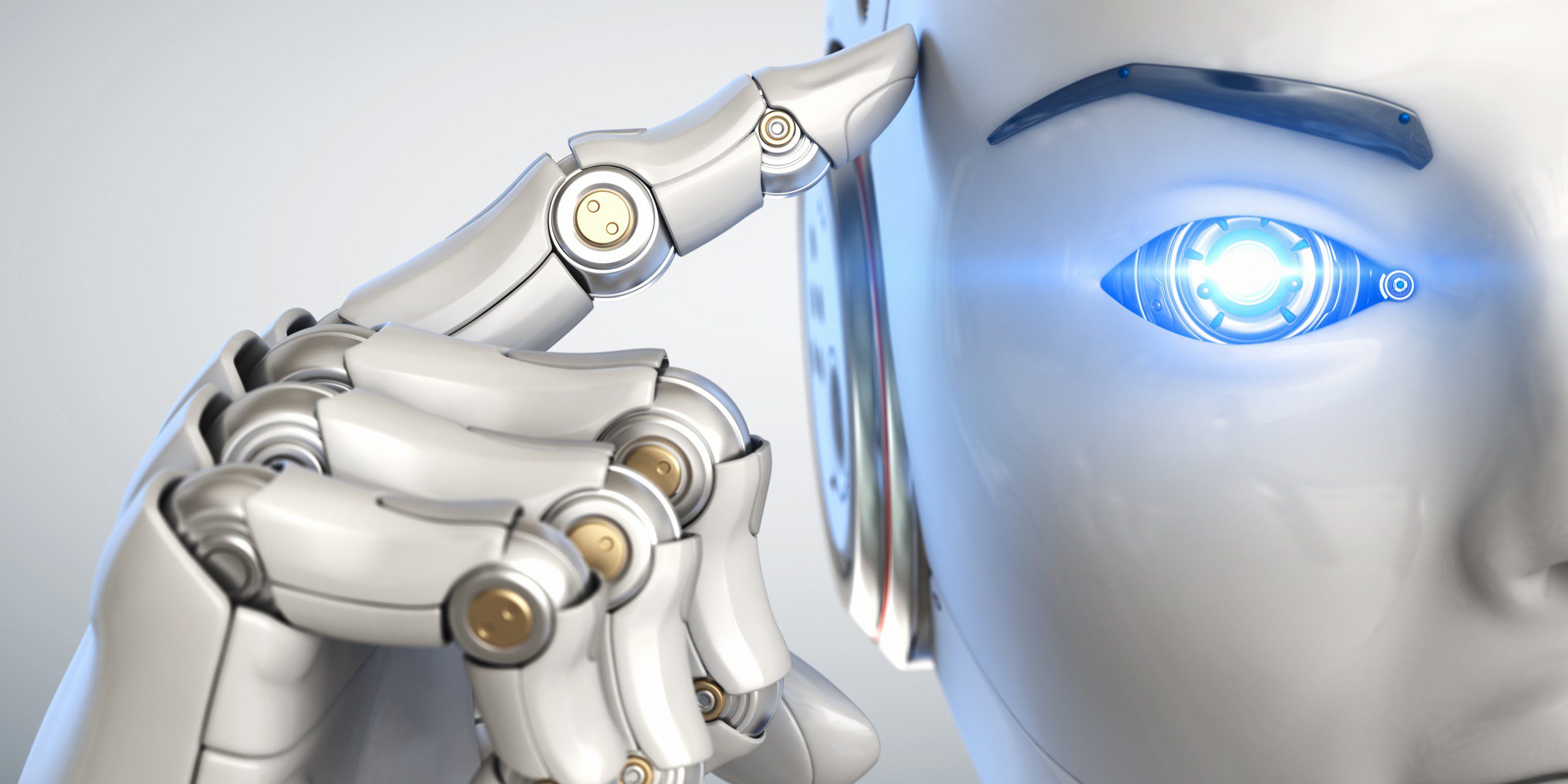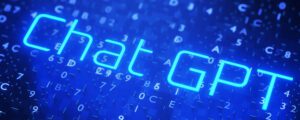-
Netherlands
Select your country
- Select your country
- Global
- Germany
- Switzerland
- Netherlands
- Spain
-
EN
Select your language
- Select your language
- Nederlands
- English

Transform, Innovate, and Grow
By harnessing the full potential of data and AI, businesses can transform, innovate, and grow, unlocking benefits that were previously unforeseen. Data is at the heart of this process of discovery. The storing and analysis of company data allow for the creation of new capabilities that ultimately help solve real-world business problems and bring value to all stakeholders.
Visit the future, today
Artificial intelligence may have once seemed like something out of a science fiction movie but it is very much the reality today. When you engage with a web shop and the most relevant item is offered to you, you are likely benefitting from AI technology. But modern uses of AI go much further than providing recommendations to customers – they offer genuine competitive advantages.
AI tools, often leveraging huge quantities of data analyzed in fractions of a second, are not only being used to give insight into what has already occurred in businesses, industries, and markets but to predict what is likely to happen in the future.
Achieving meaningful results
At Eraneos, we combine business understanding, technical knowledge, extensive experience, and our innovative mindset to activate your data and turn it into actual value. We are driven by achieving meaningful results and dedicated to unleashing the full potential of digital, and the full potential of Data & AI.
We advise on, design, build, and deliver Data & AI solutions. Our team consists of consultants, data architects, data scientists, data engineers, software engineers and project managers. These professionals each have their own expertise, but also share a passion for solving data problems and innovating. We can handle any data & AI challenge, end-to-end, full-stack.
Transforming businesses with Data & AI
We offer several value propositions as part of our Data & AI services.

1
Inspiration and consulting
Do you know what data you have? What is the quality of your data? What opportunities can data offer your organization? What does it mean to be a data-driven organization and what implications does this have for your organization and employees? What value can AI offer? We can help you answer all of these questions. We inspire and consult. We help you understand potential impact and value, rules and regulations, opportunities and risks. Together, we uncover the true value of Data & AI for your organization.
2
Data Management
A data-driven organization embeds data in every decision, interaction, and process. This requires trustworthy data, processed real-time and stored in flexible integrated data platforms. It requires you to continuously monitor and improve data quality and privacy. We make all your data available and ready-to-use via dashboards, analyses or integrated in processes. We help you organize and manage data, identifying and implementing the necessary roles, responsibilities, processes, architecture and tooling.
3
Data Platform Implementation
A data platform is the foundation of every data landscape. Whatever your data landscape looks like, and whatever your challenges, wishes, requirements and goals are, we kickstart your data platform in a sustainable way. We accelerate implementation and ensure a durable, scalable and future-ready platform. You can rely on us so that you can focus on what matters most: using your data.
Read more
4
Data & AI Solutions
Data is only valuable if you activate it. Data activation requires a concrete and clear purpose. Without it, all your data is just data. This is what drives us: meaningful results that have value for your organization. We design and build smart Data & AI solutions tailored to your purpose and goals, achieving maximum results for your organization.
5
Generative AI
Generative AI is AI that creates content. It writes, designs, composes music, or codes software, without human intervention. So well, that this content is almost indistinguishable from what humans create. These capabilities make it the next big thing in our daily lives. Just like computers, the internet and smartphones, it will change the world and revolutionize work in many industries. We help you become part of this revolution and leverage the potential of Generative AI.
Read more
6
Training and expertise
Having knowledge is great but sharing knowledge is better. We do not want to lock you in. We want to help you grow and transform. This means we aim to leave, leaving behind a valuable result that you know how to use and manage. We deliver focused trainings and/or masterclasses, share knowledge and do on-the-job-training as an integral part of everything we do.
Our Impact
Our Data & AI services have empowered multiple customers across a broad spectrum of industries.
Get Inspired
For expert insights into digital transformation, cutting-edge technologies, research and more, visit our Knowledge Hub.
Featured Article
Anchormen is starting a new era
Anchormen, a leading technology & consulting company in the Netherlands that specializes in data and AI solutions, has recently undergone a major change. Together with three other companies, they have formed Eraneos Group and now operate under the new Eraneos brand. This change marks a significant milestone in the company’s history and is set to have powerful impact on the data and AI industry in the Netherlands and beyond.
Explore this article
Trending topic
Artificial Intelligence
Artificial Intelligence (AI) has become an essential component of modern business as it helps companies automate processes, make data-driven decisions, and drive innovation. With its ability to analyze vast amounts of data in real-time, AI is transforming the way businesses operate and compete, providing a significant advantage to companies that adopt it.
Explore this topic
Let’s create sustainable change together.

Andrew de la Haije
Partner – Data & AI
Data & AI
andrew.de.la.haije@eraneos.com +31 20 305 3700 @andrewdelahaije
Pascal Greuter
Associate Partner – Data & AI
Data & AI
pascal.greuter@eraneos.com +31 20 305 3700 @pascalgreuter








